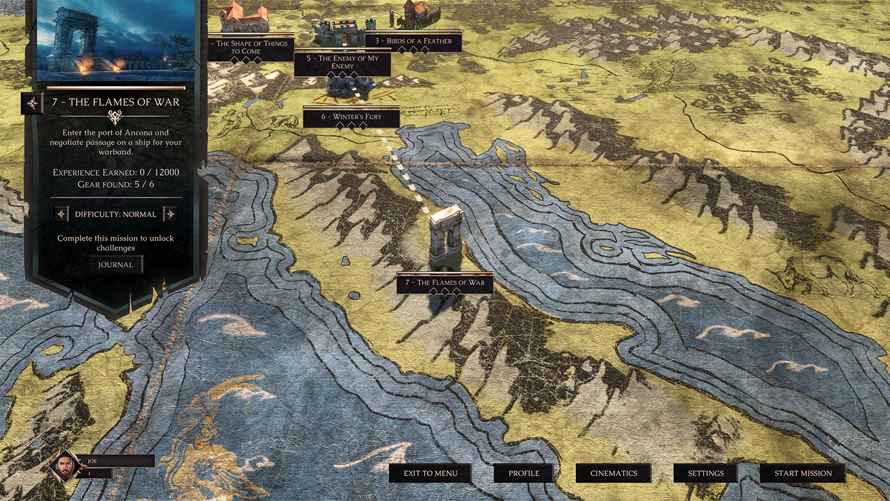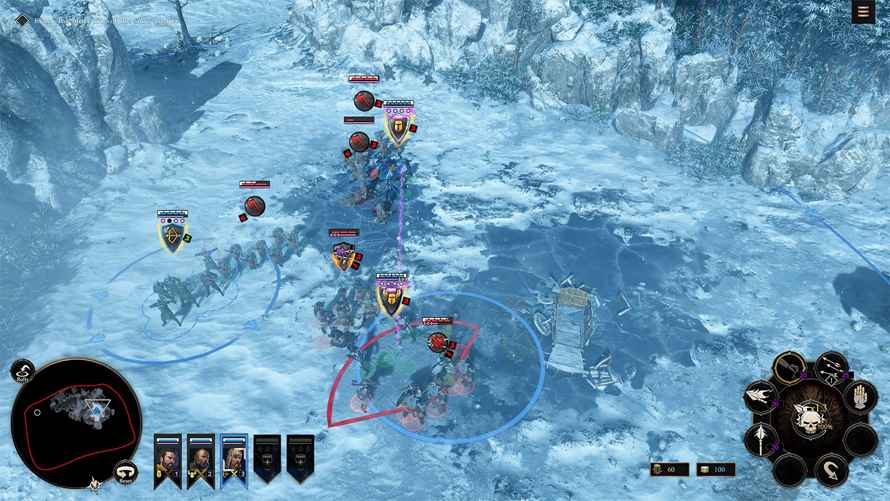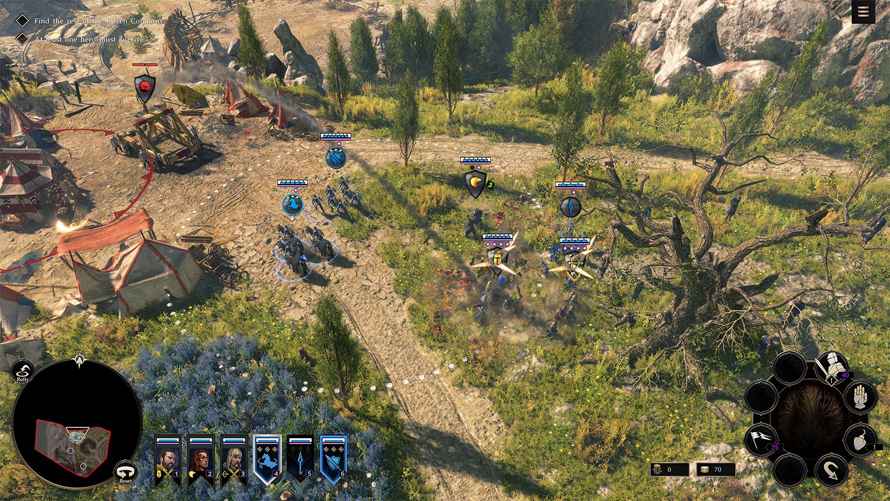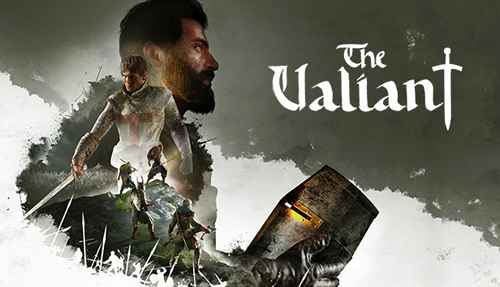The Valiant Review
I love real-time strategy games. Always have, from the days of Age of Empires, Command and Conquer, and Starcraft to, well, the most recent Age of Empires. When squad-based RTS games appeared, I was on board for those too. The Valiant is a squad-based RTS loosely set during the 13th-century Crusades, making it stand out from the large number of WW2 and sci-fi games in the genre. The Valiant appeared on PC in October 2022 and has just been ported to consoles. The looming question is how does The Valiant fare with controllers?
Relic of an Earlier Age
The Valiant has a substantial narrative driving its 16 missions and 20 or so hours of the campaign. The story is centered on Knights Templar Theodoric. His fellow knights have been corrupted by the power of an ancient relic, and he must journey through the middle east and Europe to find the relic and end the curse. There’s obviously a bit of Indiana Jones, some Grail mythology, and a bit of Stronghold-lite base building blended in. Overall, the script is well-acted, even if the dialogue itself isn’t always elegant. It’s an engaging enough story to keep you playing.

Adding to the aesthetic experience, The Valiant’s environments are detailed and varied. Not restricted to the middle east, the game also takes the action to coastlines, forests, and snowfields. At the distance at which most of the game is played, units look good and animate well, though sometimes overlapping armor color schemes blur the lines between friendlies and enemies. The figures aren’t quite as convincing up close and during some cut scenes.
Also in the “not quite convincing” column are battle sounds, which lack weight and impact. There’s a lot of repetition in unit responses, a common issue in RTS games. The music, which brings together some middle eastern elements with more typical action game cues, is overall successful but not always memorable.
It’s the Action
The Valiant’s RTS mechanics will be pretty familiar to fans of games like Company of Heroes. You control up to a half dozen small squads of various unit types, like archers, pikemen, swordsmen, and mounted units. Each of the units has a place on the battlefield depending on the enemy, using rock-paper-scissors tactics. Each unit type has familiar strengths and weaknesses, like horse units being weak to pikemen and soldiers being decimated by archers. The Valiant doesn’t attempt much originality in this regard.

Additionally, you can have several heroes, each with special abilities, including some magic powers, some passive — like group healing — and others more active. Using your hero’s specials is often the key to victory. The Valiant also includes some base building, where you can replenish and heal your units, recruit new ones, and build siege engines. As you progress through a mission, resources become available by capturing mines or destroying enemy structures. The base building is relatively rudimentary, but critical. Often, mission progress consists of incremental progress, alternating with repeated visits to home base for healing.
Pick up the Pace
Pacing is probably the biggest issue with The Valiant. Some missions and bosses are repetitive and seem to go on forever. While units and heroes level up and add new and interesting abilities, the battles’ structure doesn’t have much variety.
Once you’re done with the campaign, there’s a lot of other content to explore. There’s a skirmish vs AI mode that’s fun to mess around with, though there’s no map editor. There’s also a last man standing-type multiplayer coop vs AI mode and a competitive multiplayer mode.
The complexity of RTS games — whether real-time or turn-based — are difficult to translate to controllers. The Valiant does a pretty good job and generally, the controls don’t get in the way or add too many layers of frustration. There are a few nods to shaping the play experience, like a tactical pause. It allows for a more measured and thoughtful response in tense situations. The camera now and then felt a bit sluggish and imprecise.

Take Control
Generally, The Valliant on consoles is a success. Controls make sense and don’t inhibit the flow. Whatever issues there are lie in the core of the game. A lack of mechanical originality and some repetitive or frustrating missions are offset by a decent story and acting. It’s also refreshing to play a unit-based RTS game that isn’t set in WW2 or a sci-fi world.
***PS5 code provided by the publisher for review***
The Good
- Interesting story and setting
- Generally engaging gameplay
- Familiar RTS mechanics
The Bad
- Repetitive missions
- Frustrating bosses
- Bland sound design

